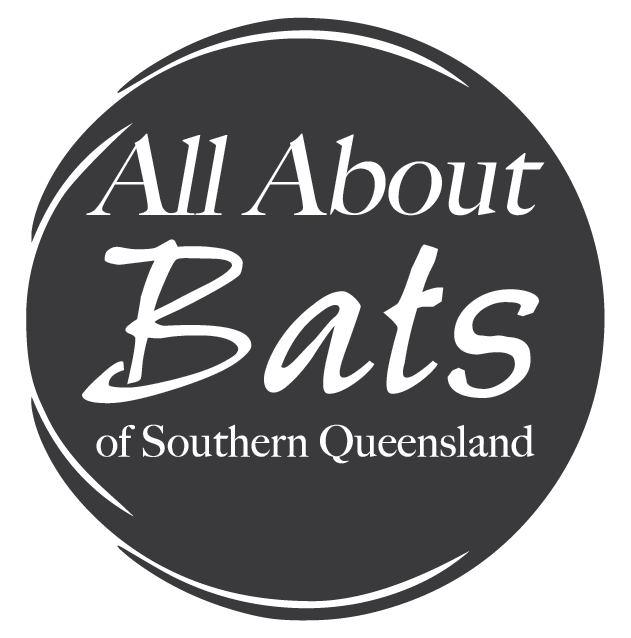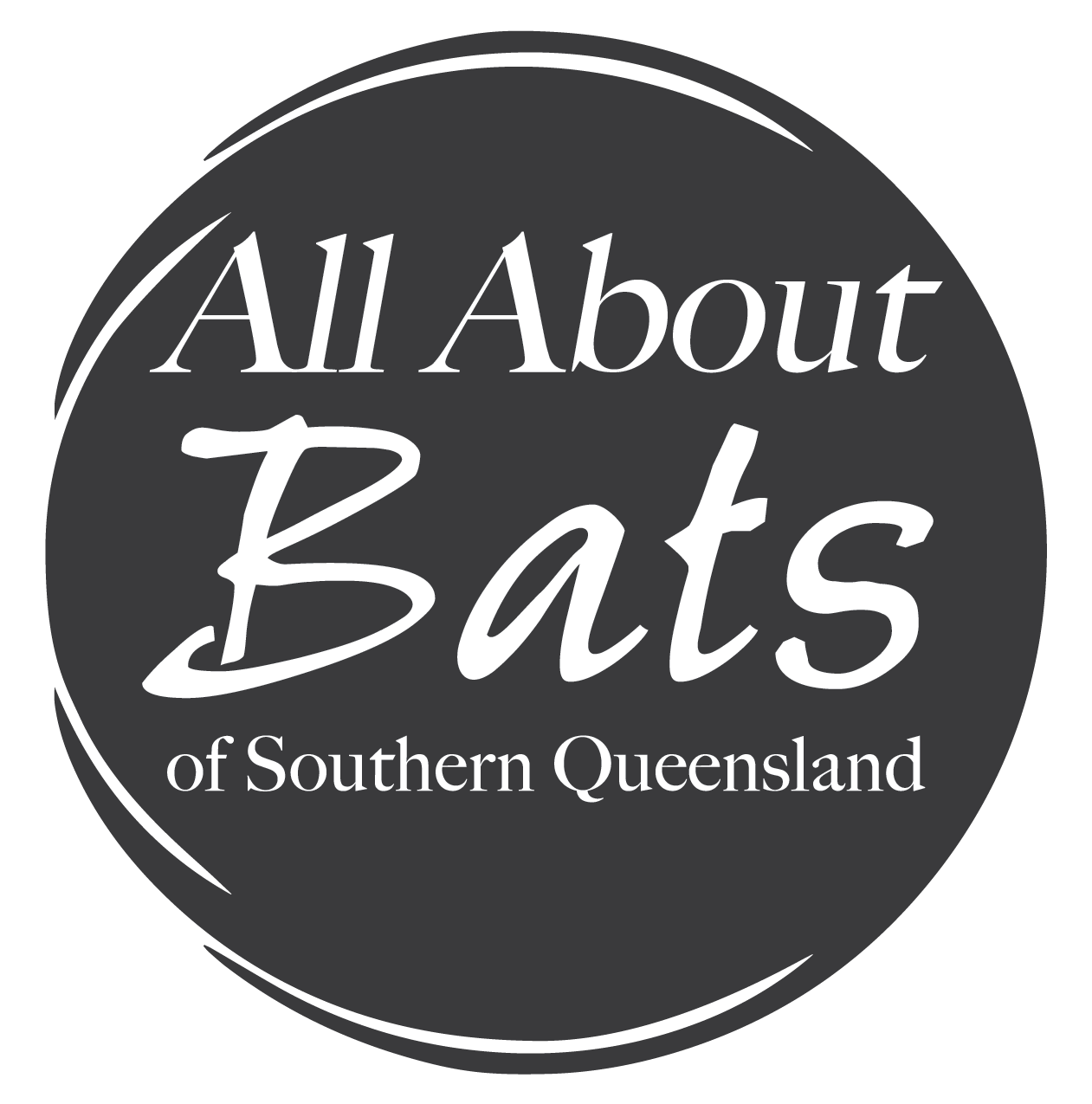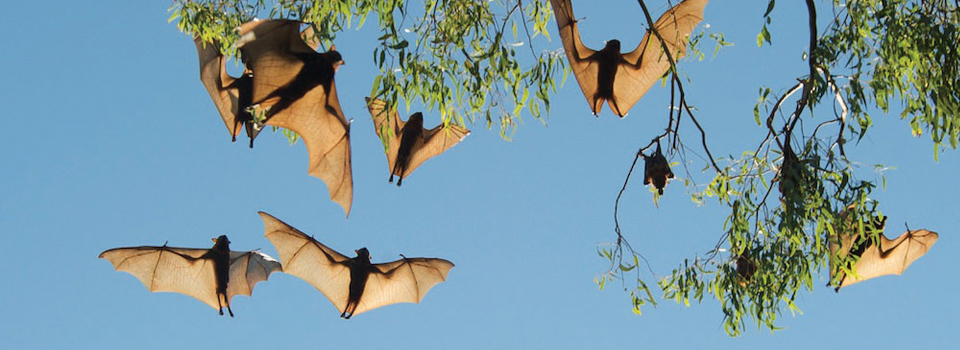What is a WebQuest?
“A WebQuest is an inquiry-oriented activity in which most or all of the information used by learners is drawn from the Web. WebQuests are designed to use learners’ time well, to focus on using information rather than on looking for it, and to support learners’ thinking at the levels of analysis, synthesis, and evaluation.”
My Favourite Bat
You have been given the task to tell a story about one of our local bats. To do this you need to investigate your chosen bat, describe where it lives, what it eats and how we can look after it. Most importantly, you have to explain how your bat helps the environment and why people shouldn’t be afraid.
Your Task
Bats have been getting a bad rap in the public recently, this is because people don’t understand them.
You have been given the task to tell a story about one of our local bats. To do this you need to investigate your chosen bat, describe where it lives, what it eats and how we can look after it. Most importantly, you have to explain how your bat helps the environment and why people shouldn’t be afraid.
You are encouraged to be creative in your storytelling so that people will like your chosen bat and will want to look after it.
Once you have prepared your ‘Bat Book’, you will need to present it to the class, to a younger class than your own and to your parents or other adults. The more people you tell about your favourite bat, the more people will start liking them.
Read the rest of the WebQuest to find out what you have to do to complete your task.
The Process
Your group (up to 5 people) will be responsible for producing a short book (or reader) on a local bat species.
Your group will be required to:
- Find out what types of bats live in your region.
- Research your chosen bat on the All About Bats website. (Check “Your Task” to find out what you need to research)
- Write and illustrate a story about your chosen bat. Use the template for your pages. Download
- You story must be written in the form of a school reader. Test you story with a younger class to make sure they understand it and can read it.
- Read your story in front of your class and tell everyone why you chose that species, why it is important, and reflect on what you have learnt from doing this project.
Advice on Story Writing
- Your reader can only focus on one bat.
- You need to be able to show that you have an understanding of the bat, its habitat and lifestyle.
- You can either write the story from the animalðs point of view, or from a human’s point of view.
Advice on Illustrations
- You can use photos or clipart images from the internet.
- You can trace images for a hand-drawn illustration.
- You can cut out images and paste them onto your pages.
Research
Use the information found on the All About Bats website, as well as the “Links” to other web sites. This should provide you with all the information you require.
Evaluation
Student Score Sheet
You will be need to fill this out every time you hear a fellow students’ presentation. You can also use this score sheets to help understand what you have to do for your presentation. Download
Conclusion
By conducting this WebQuest activity you will have:
- created a reader
- used navigation skills by using the Internet
- used teamwork to produce a creative production
- been involved in evaluating other students
Students Task
Bats have been getting a bad rap in the public recently, this is because people don’t understand them.
Your students have been given the task to tell a story about one of our local bats. To do this they will need to investigate their chosen bat, describe where it lives, what it eats and how we can look after it. Most importantly, they have to explain how their bat helps the environment and why people shouldn’t be afraid.
You need to encourage your students to be creative in their storytelling so that people will like their chosen bat and will want to look after it.
Students will need to present their story to the class, to a younger class and to their parents or other adults.
Read the rest of the WebQuest to find out what you and your students have to do to complete this task.
Learners
The task involves students working in small groups to produce a reader of a local bat species.
Each group will be responsible for:
- researching a chosen bat species using the given information and websites
- collaborating to create a short reader, including appropriate image compilations (combining both digital and hand drawn images) and text
- presenting their reader in the classroom and using the rubric to assess the effectiveness of the reader
- presenting their reader in a younger classroom/grade and assessing the effectiveness of the reader
- presenting their reader to some adults
This lesson was designed for Level 3-4 students. The learner is required to have basic computer and digital literacy skills. The learner will draw on their knowledge of texts and language:
- to create meaning through;
- visual and non-verbal techniques to develop the subject matter
- illustrations and effective storytelling that link ideas
- to develop textual features like;
- grammar and punctuation to help clarify ideas
- paragraphs to express separate points
- conversation tones that maintain readers attention and help construct the story
Core Outcomes
By involving your students in this activity you will be able to meet core outcomes associated with the Key Learning Areas listed below. This English activity is designed develop their writing and creative skills. It also enables students to increase their knowledge and awareness of bats, and to help develop students’ ability to interpret the environment.
This activity allows students to connect with real life actions and problems that can be identified in your local area. It encourages students to use higher order thinking skills to be able to interpret what they see and write it in a format that is suitable for Level 1-2 reading.
Key Learning Areas
- English
- Studies of Society and Environment
- Science and Technology
- Creative Arts
The Process
Arrange students into small groups up to 5. They will be responsible for producing a reader on a local bat species.
Each group will be required to to the following:
- Find out what types of bats live in your local area/region.
- Research, using the Internet and this site, their chosen bat.
- Write and illustrate a story about their chosen bat. Use the template for your pages. Download
- Each group must write their story for a younger reading level than their own in the form of a school reader. Arrange for your students to test their stories with a younger level class to make sure they understand it and can read it.
- Groups must also present their story in front of your class and tell everyone why they chose that species, why it is important, and reflect on what they have learnt from doing this project.
Advice on Story Writing
- Each reader can only focus on one bat.
- Your students will need to be able to show that they have an understanding of the bat, its habitat and lifestyle.
- Your students can either write the story from the animalðs point of view, or from a human’s point of view.
Advice on Illustrations
- Your students can use photos or clipart images from the internet.
- Your students can trace images for a hand-drawn illustration.
- Your students can cut out images and paste them onto your pages.
Variations
Variations to this activity would be to:
- choose a different theme (this being bats) to focus the WebQuest; or
- choose other species to broaden their knowledge on this subject, or
- expand beyond the writing and illustration of a reader into a PowerPoint presentation or other multimedia project.
Resources Needed
To complete this task students will require:
- Allotment of group preparation time
- Access to computers and the Internet
- Access to printers
- Blank paper and pencils, textas and/or crayons for illustrations
Research
Use the information found on the All About Bats website, as well as the “Links” to other web sites. This should provide you with all the information you require.
Evaluation
Having students assess their own and other group’s work focuses student attention on the assessment criteria of the rubric. It is important that students realize the sense of fairness and impartiality this part of the task requires. They need to able to justify their grade through the use of the rubric.
Student Score Sheet
Provide students with a copy of the Student Score Sheet. Tell students that they are to be a presentation critic (just like a movie critic) and provide a star rating the the presentations of their peers. Go through the score sheet with the students so they understand what they have to do. Download
Written Presentation Rubric
This rubric is for you to assess the students’ readers. You can choose to use this rubric for assessing the activity, or use your own. Download
Conclusion
By conducting this WebQuest activity your students will have:
- created a reader that is suitable for publication
- used navigation skills by using the Internet
- used teamwork to produce a creative production
- been involved in evaluating other students


